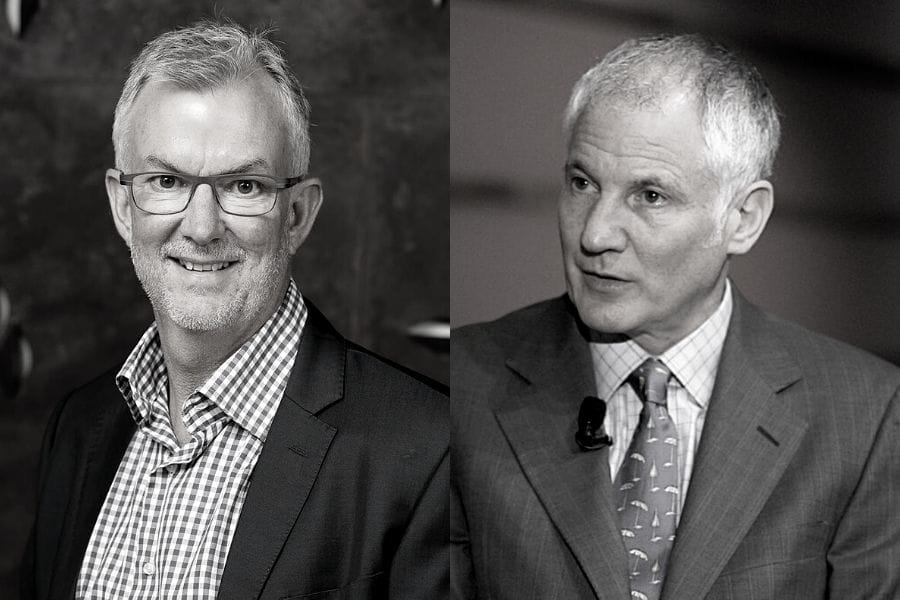Portfolio alignment is a hot topic and key area of focus for the TCFD and COP26 private finance team. But what is it really telling us and how will it influence investment decisions?
The Task Force on Climate-related Financial Disclosures (TCFD) has been looking more closely at the use of forward-looking climate metrics by financial markets. Following a recent consultation process, proposals include changing the 2017 TCFD guidance to recommend for the first time that asset owners measure and disclose the alignment of their portfolios with the goals of the Paris Agreement by using forward-looking metrics.
It has sparked concerns in the industry according to panellists speaking at Sustainability in Practice. Although many investors support the principle of portfolio alignment, they argue measuring and implementing such alignment remains a work in progress. Moreover, adopting portfolio alignment metrics could have undesirable consequences for asset owners around fiduciary duty and costs and trigger divestment over engagement.
Portfolio alignment to net zero goals is an increasing area of focus for the investment industry, said panellist Eva Cairns, head of climate change strategy at Aberdeen. For asset managers, portfolio alignment is now informing decisions as investors seek out transition leaders and climate solutions.
However, she flagged that portfolio alignment can steer investors away from investing in companies that may still be carbon intensive but are on a pathway to reduce those emissions.
“Investing in companies with very strong industry leading targets has more of an impact,” she said.
Moreover, she said the alignment metrics still have challenges around data and regional differences, comparability and transparency.
She counselled on the importance of observing the decarbonisation trajectories of different sectors in different regions and the need for an active research approach that draws on wider inputs and scoring methodology rather than just one temperature metric.
Adam Matthews, co-chair of the Transition Pathway Initiative and director of ethics and engagement at the Church of England Pension Board flagged similar concerns, particularly given the influence of the TCFD on pension fund strategy.
He said temperature-aligned metrics will become credible and decision-useful and will have a role. However, pension funds are not currently in a position to meaningfully use these metrics. Like Cairns, he warned the metrics could incentivise actions like “washing assets out” of portfolios, contrary to responsible investment which means holding difficult assets and working with companies on credible transition paths.
When investors aggregate a single metric across a whole portfolio they run the risk of questionable indications that stimulate wrong actions and unintended consequences.
“We want to get it right,” he said.
Fellow panellist Dominic Tighe who is policy advisor at the COP26 Private Finance Hub which is involved in shaping the TCFD proposals and consultation process as well as a framework for best practice due out in October ahead of COP, defended the process. He noted assets owner demand for forward looking metrics that measure the ambition of companies and distinguish between leaders and laggards within sectors.
He said the TCFD consultation was just a first step to driving consistency in methodology in these metrics to reduce divergence in outputs. He also said asset owners and investors didn’t have to use just one metric or warming score, and that the TCFD outlines different tools.
He reiterated that what matters most is not if an asset is high or low carbon, but if the asset is transitioning quickly enough. He noted TCFD cognisance of the risk of divestment and said the methodology made clear that benchmarks should take account of different sectors and geographies, allowing investors to drive engagement and tilt portfolios.
Tighe reassured that the portfolio alignment metric is evolving and said that recommendations have been reframed since the consultation with a less obligatory tone and without specifying the tools to use.
Still, Matthews urged the TCFD to build confidence in the process and voiced his concerns in the feasibility of large funds using the metrics.
“There are steps for us to work through in terms of how we aggregate this information.”
He said asset owners also need to perform their fiduciary duty and that more dialogue with managers and standard setters like TCFD is essential.
COP26 expectations
Looking ahead to Glasgow’s COP26 Matthews flagged his concerns that policy frameworks may not appear out of the conference.
Although encouraged by the unprecedented focus on finance, he said the policy has to match or the process risked “walking into a brick wall.”
He said pension funds are committed to net zero, engaging with companies but it also depends on regulatory changes.
“There has to be a matching part around policy,” he said.
Cairns also noted the action gap and that zero pledges are not possible without a policy framework.
“I would like to see COP as a tipping point in financial sector ambition on the road to a net zero ambition,” concluded Tighe.



